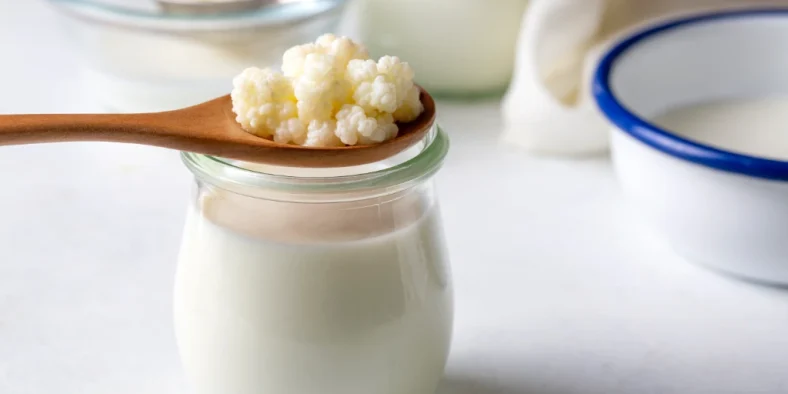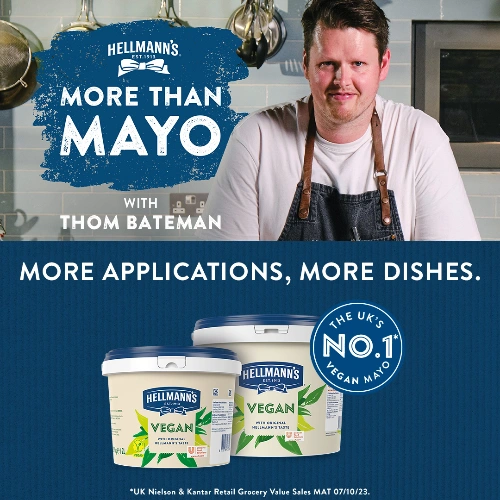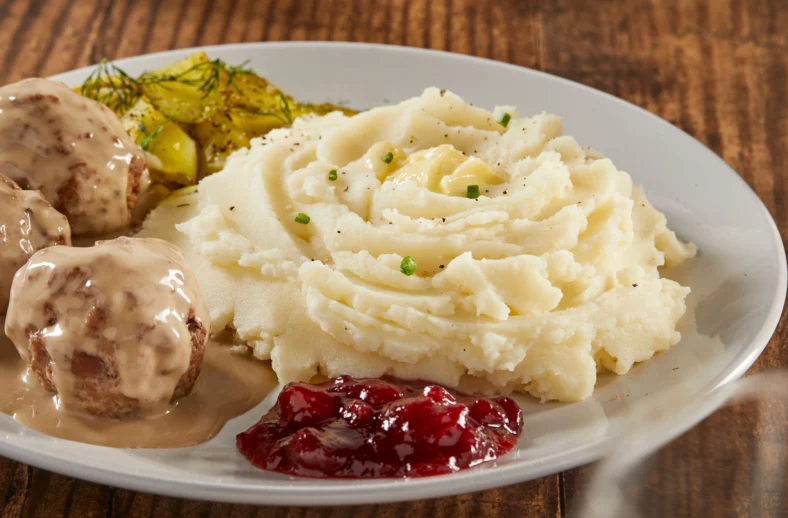In the constantly changing world of cooking, it’s beneficial for chefs to grasp the significance of nutritional science. A rising trend in this field is the emphasis on gut health, specifically with the application of psychobiotics and synbiotics. If these terms are new to you, we’ll acquaint you with this science and its potential benefits for your customers.

Understanding Psychobiotics and Synbiotics
Psychobiotics
Psychobiotics are a particular type of probiotics or prebiotics that can influence mental health via the gut microbiome. The gut-brain axis, a communication line connecting the digestive system and the brain, plays a crucial role in this process [1]. These good bacteria participate in mood regulation and general mental health. Therefore, including foods rich in psychobiotics can add nutritional value to your dishes, attracting health-conscious customers.
[1]: Source: Psychobiotics: A new approach to treat mental illness
Synbiotics
On the other hand, synbiotics are a combination of probiotics and prebiotics that work together to improve gut health [2]. This collaboration enhances the survival and functionality of probiotics in the gut, making them more effective. As a chef, using synbiotics means you can create dishes that are delicious, nutritionally balanced, and beneficial for gut health.
[2]: Source: Synbiotics for gut health
Integrating Psychobiotics and Synbiotics into Your Menu
Creating a gut-friendly menu can be an exciting culinary challenge. Here are some strategies to incorporate these elements into your offerings:
- Fermented Food: Probiotic-rich foods like yoghurt, kefir, sauerkraut, and kimchi can be used in starters or side dishes for a unique flavour and health boost.
- Prebiotic-Infused Ingredients: Prebiotic-rich foods such as garlic, onions, leeks, asparagus, and bananas can be creatively incorporated into various dishes, enhancing both flavour and health benefits.
- Synbiotic Pairs: Achieve synbiotic effects by pairing probiotic-rich foods with prebiotic ingredients. For example, a yoghurt-based dressing for a salad containing garlic and onions can be both appealing and beneficial for gut health.
- Whole Grains and Legumes: These are fantastic sources of dietary fibre and can serve as prebiotics. Including a variety of whole grains like barley, oats, and quinoa, as well as legumes like lentils and chickpeas, can diversify your menu offerings.
- Innovative Combinations: Experiment with dishes that naturally combine probiotics and prebiotics. For instance, a kimchi and quinoa bowl, or a yoghurt parfait with banana and almonds, can be both enticing and healthful.
Why Should Chefs Prioritise Gut Health?
Gut health is increasingly recognised for its role in overall wellbeing, including mental health. Dishes rich in psychobiotics and synbiotics can help in managing stress, anxiety, and depression[3]. By offering dishes that promote gut health, you’re not just serving food; you’re contributing to the physical and mental well-being of your customers. This approach can set your establishment apart, especially in a market where consumers are progressively aware of the health benefits of their food choices.
[3]: Source: Gut health and mental wellbeing

The Chef’s Role in Advancing Gut Health
As a chef, you can influence the health of your customers through your creations. By incorporating psychobiotics and synbiotics into your menus, you can offer dishes that are not only delicious but also provide tangible health benefits. This not only caters to a growing demand for health-focused cuisine but also reflects your commitment to the well-being of your customers.
If you serve breakfast or brunch in your establishment, it’s easy to get some of these foods onto your menu, such as making your oat granola and serving it with fruit and Kefir. Sauerkraut and Kimchi are also easy to make and can be served with salad and grain bowls. Oat crumble toppings instead of flour-based toppings on desserts like stewed apples is a healthier winter alternative, too, and you could even add some miso into your sticky toffee pudding caramel sauce, in your homemade biscuits, or even into your pasta sauce.
Bringing more gut-friendly food onto your menu is important to consider for any hospitality business but even more for schools and care homes. There is a huge importance on the well-being of children and the elderly, which as chefs we can support through the daily food we give them.
Conclusion
Introducing psychobiotics and synbiotics into your menus presents an exciting opportunity to merge culinary art with nutritional science. By embracing these concepts, you can create innovative, flavourful, and health-promoting dishes that cater to the evolving needs and preferences of your customers. In doing so, you elevate the dining experience from mere sustenance to a holistic approach to health and wellbeing.





























